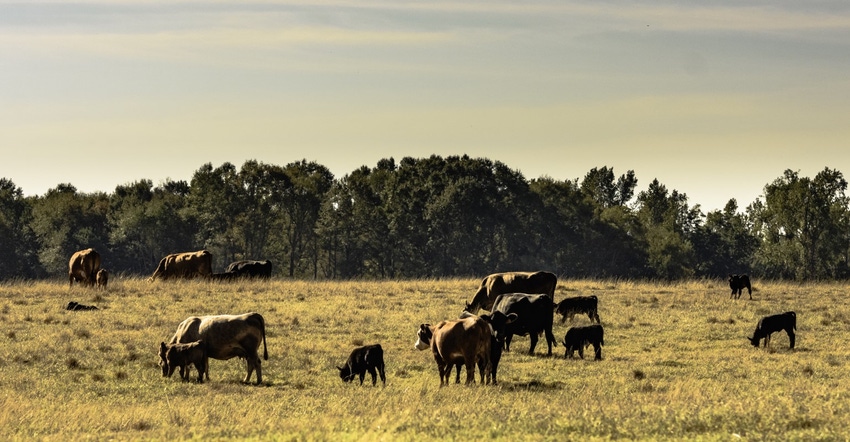
A previous article considered what continued drought might force the industry to do in terms of additional herd liquidation. Another scenario is that drought across the country subsides and is not a significant factor in 2022. The question then becomes what will the industry try to do and to what extent will it be able to do that?
The cyclical peak in the beef cow herd inventory was in 2019 and the industry has been in liquidation for three years, significantly enhanced by drought in 2021 and to a minor extent in 2020. If drought is not a limitation in 2022, will cattle producers continue herd liquidation? The answer will be determined by what cattle producers want to do and can do relative to cow culling and heifer retention.
Higher cattle prices and expectations of continued higher prices may have producers interested in slowing liquidation, holding cattle numbers steady or even expanding. However, the extent to which higher prices leads to expectations of higher profitability (and a desire to expand the herd) will be tempered by higher feed and other input costs.
For producers affected by drought in 2021, the first step will be herd rebuilding. The overall beef cow culling rate in 2021 was 11.55 percent, the highest since 2011. In drought areas, producers who culled heavily last year may be able to sharply reduce culling this year if forage conditions improve.
In other areas producers may hold cow culling to a minimum. After increasing sharply in 2021, beef cow slaughter could drop by as much as 10-15 percent year over year in 2022. This would result in a beef cow culling rate between 10 and 10.5 percent. An even lower culling rate might be possible…the average culling rate in the last herd expansion from 2014-2018 was 8.7 percent…but it doesn’t seem likely that expansion signals are that strong yet.
The other component of herd expansion is heifer retention. The drought impacts from 2021 determine what is possible in 2022. The number of beef replacement heifers on January 1 was down 3.3 percent year over year with the subset of those that are expected to calve this year down 2.8 percent from last year.
The reduced inventory of replacement heifers significantly limits possible herd changes in 2022. It appears to me that the most aggressive 2022 scenario is for the industry to hold the beef cow herd to a low level of liquidation…perhaps a 0.5 percent or less reduction in beef cows. Achieving herd expansion is likely not feasible and even holding the herd to zero change stretches the numbers to unlikely levels. If the industry does try to minimize herd liquidation in 2022 and prepare for later herd expansion, the reduction in cow and heifer slaughter could result in a larger decrease in beef production this year than is currently forecast.
The most likely scenario is probably somewhere in-between the severe drought and no drought scenarios, with some drought continuing in some regions. The result could be modest levels of additional beef cow herd liquidation in 2022, perhaps less severe that 2021 but still significant continued reduction in the beef cow inventory. It is likely that cattle numbers will continue to tighten in 2022.
Source: Oklahoma State University, which is solely responsible for the information provided and is wholly owned by the source. Informa Business Media and all its subsidiaries are not responsible for any of the content contained in this information asset.
About the Author(s)
You May Also Like




